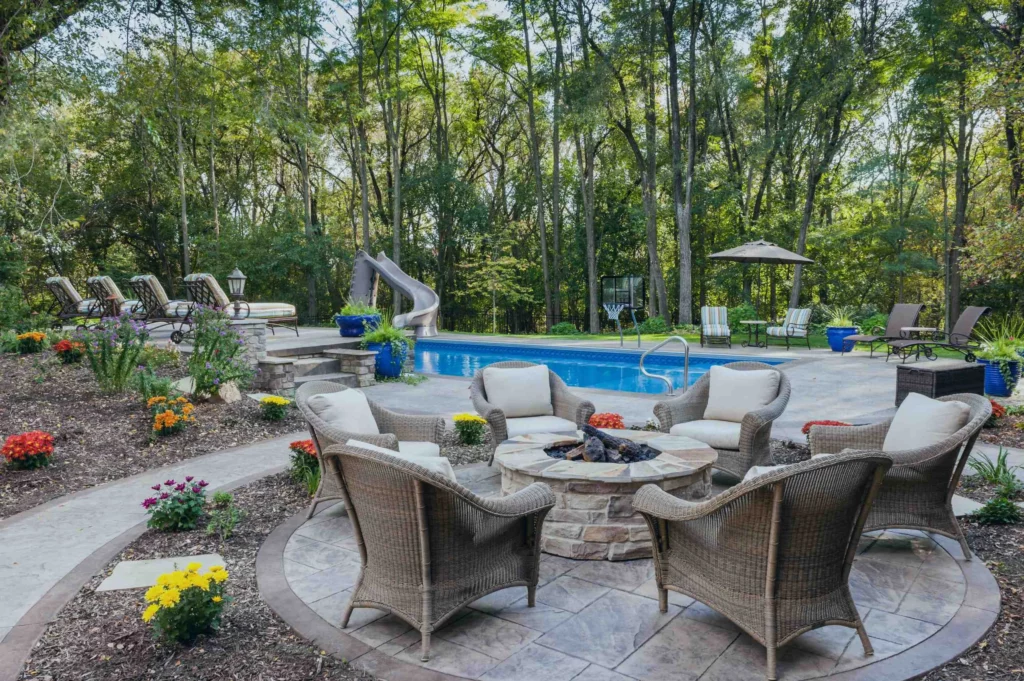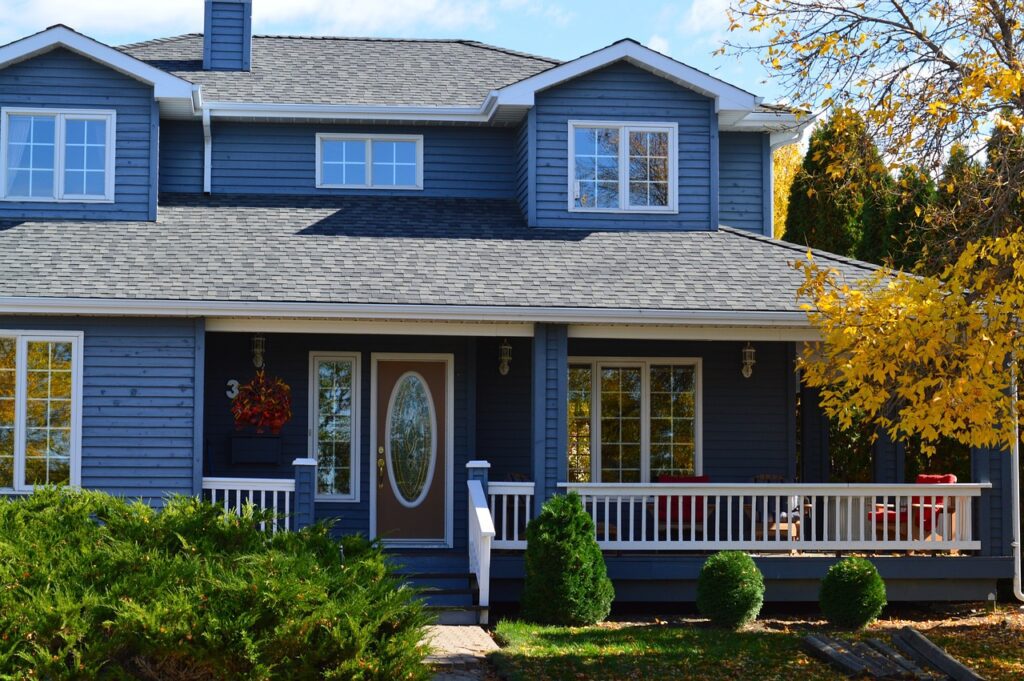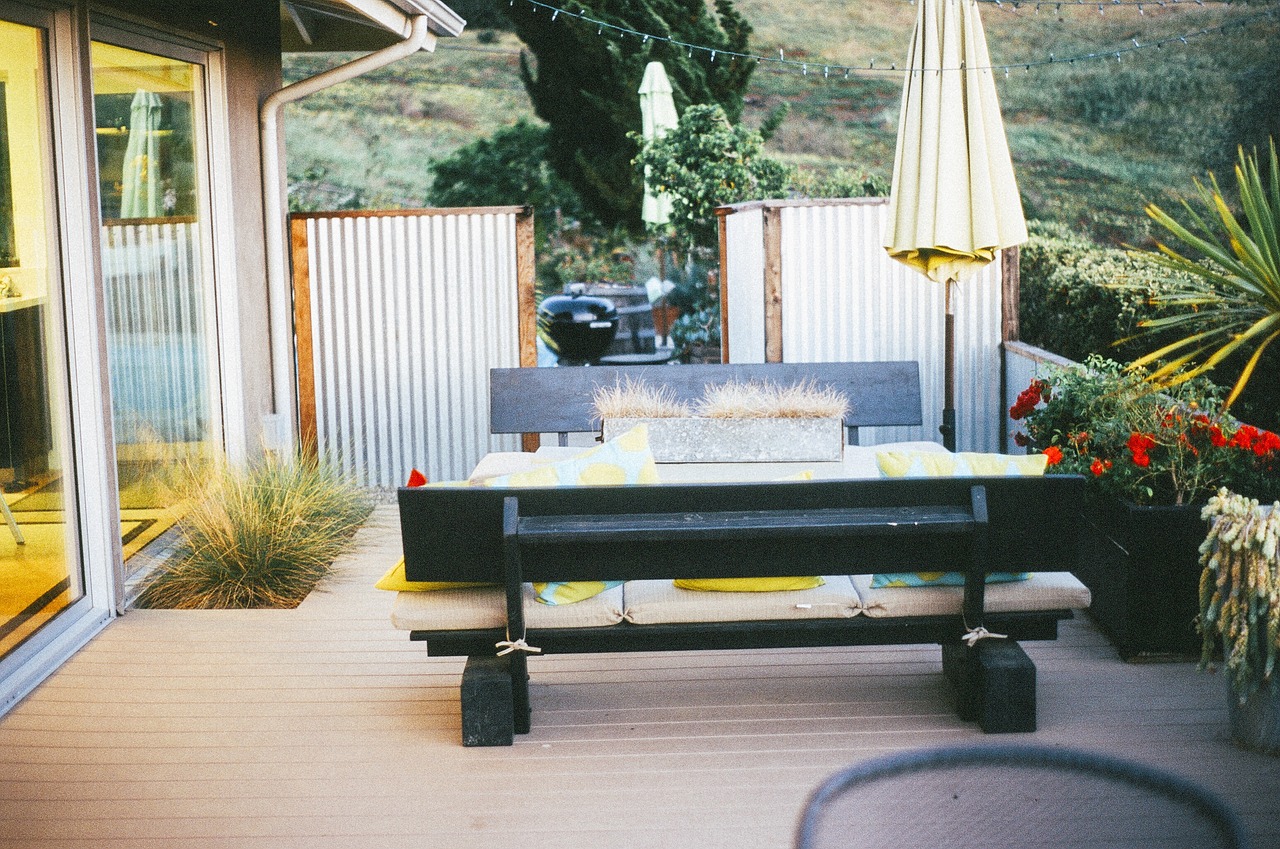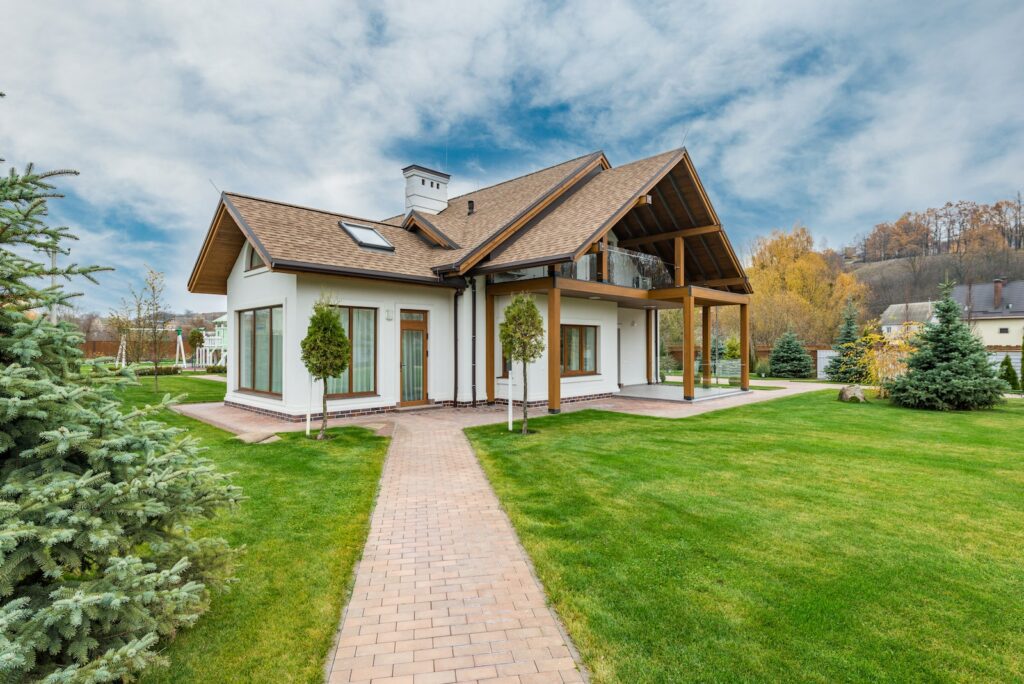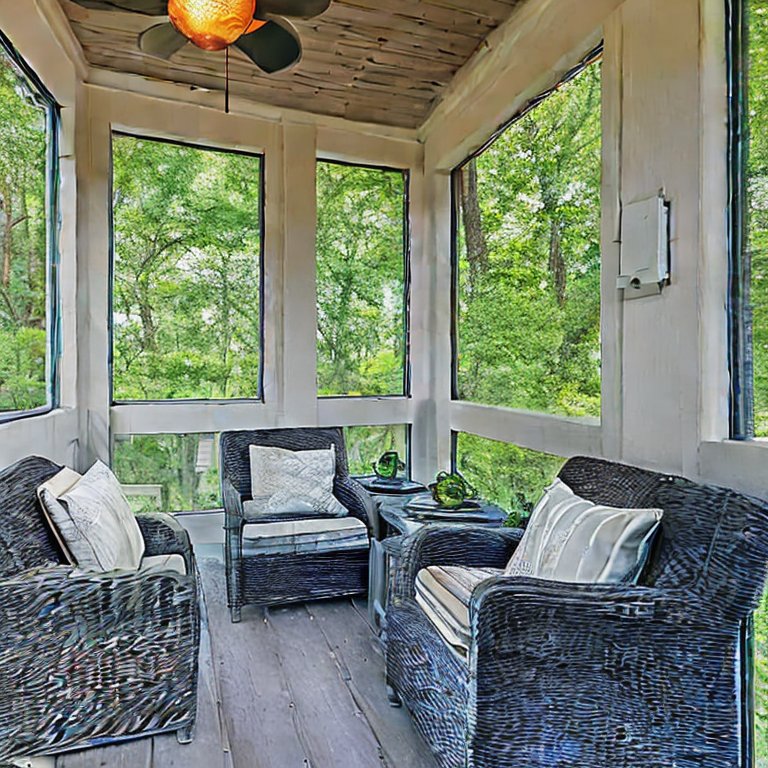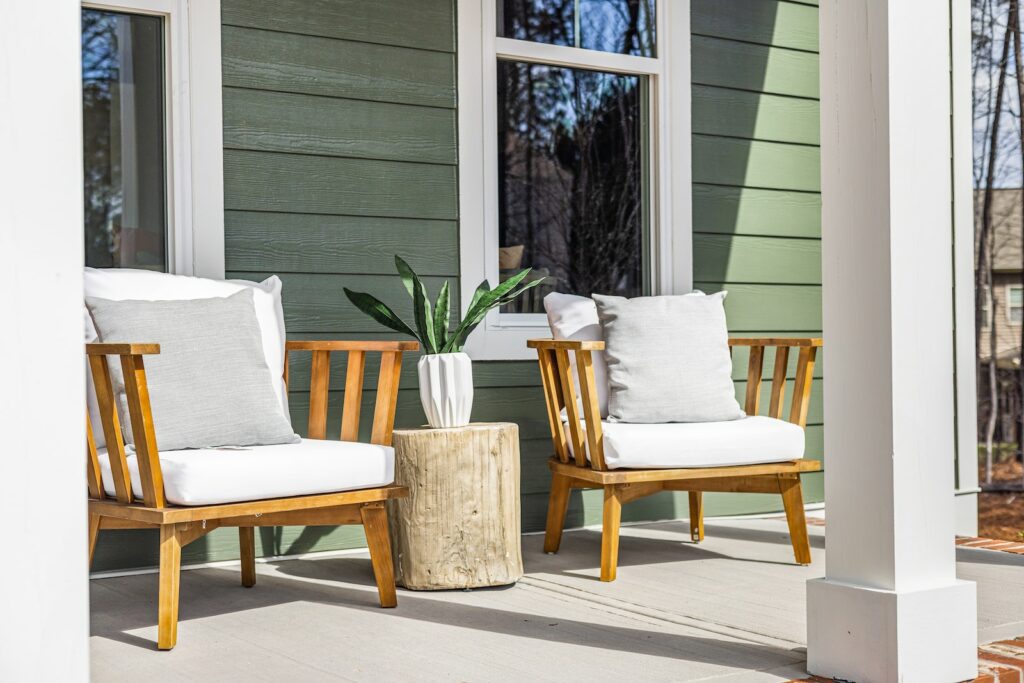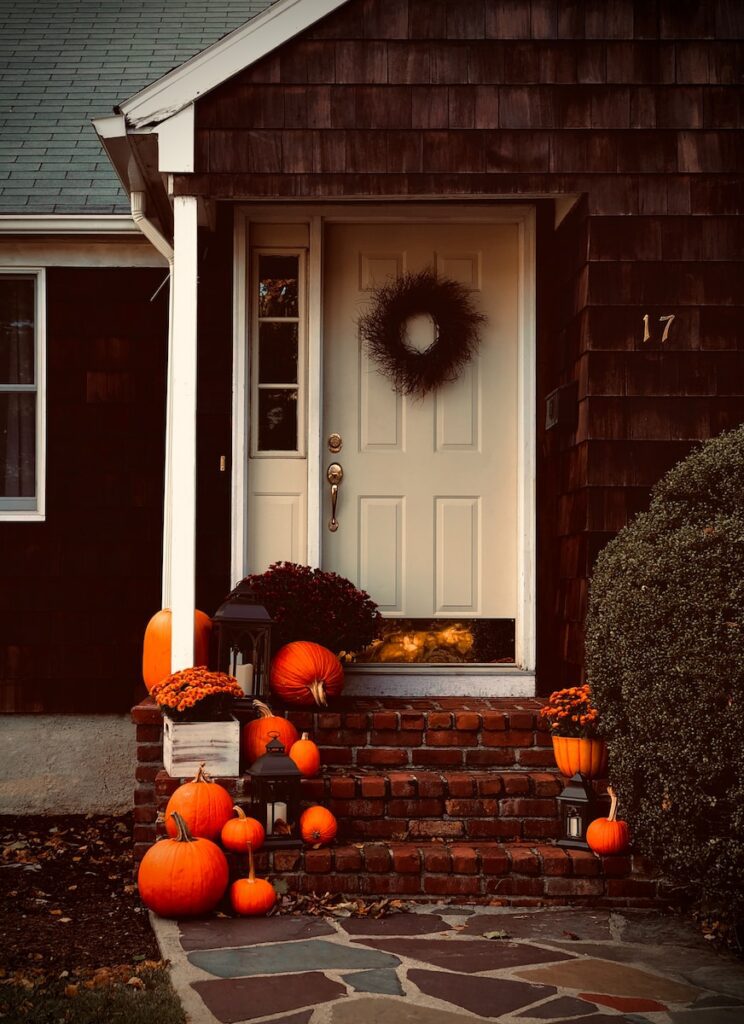Your porch is an extension of your home, a space where you can relax, entertain, and connect with nature. When it comes to porch remodeling, one of the most important decisions you’ll make is selecting the right decking material. Porch decking not only affects the aesthetics of your outdoor space but also its durability, maintenance requirements, and overall performance. In this comprehensive guide, we’ll explore everything you need to know about porch decking, from materials and finishes to installation tips and maintenance techniques, so you can elevate your outdoor living and create a porch that’s both beautiful and functional.
Understanding Porch Decking Materials
Contents
When choosing porch decking, it’s essential to consider factors such as durability, weather resistance, maintenance requirements, cost, and aesthetics. Here are some of the most common porch decking materials to consider:
- Wood: Traditional wood decking, such as pressure-treated pine, cedar, or redwood, offers a classic, natural look and is relatively affordable. However, wood decking requires regular maintenance, including staining, sealing, and periodic replacement of damaged or rotted boards.
- Composite Decking: Composite decking is a popular alternative to wood, offering the look of natural wood with the added benefits of durability, low maintenance, and resistance to rot, insects, and fading. Made from a blend of recycled wood fibers and plastic, composite decking comes in a variety of colors and textures and is available in solid or capped (coated) versions for added protection.
- PVC Decking: PVC decking is made from 100% plastic, offering exceptional durability, weather resistance, and low maintenance. PVC decking is impervious to moisture, mold, and mildew and is available in a wide range of colors and finishes. However, PVC decking tends to be more expensive than other options and may have a plastic-like appearance.
- Wood-Plastic Composite (WPC) Decking: WPC decking is a hybrid material that combines wood fibers and plastic resin to create a durable and low-maintenance decking option. WPC decking offers the natural look and feel of wood with the added benefits of moisture resistance, insect resistance, and minimal maintenance requirements.
- Capped Polymer Decking: Capped polymer decking is made from a blend of synthetic materials, offering superior durability, weather resistance, and low maintenance. Capped polymer decking is resistant to fading, staining, scratching, and mold growth and is available in a wide range of colors and textures to suit any design aesthetic.
Choosing the Right Decking Material for Your Porch
When selecting porch decking material, consider factors such as:
- Durability: Choose a decking material that can withstand the elements and resist rot, decay, insects, and moisture damage.
- Maintenance Requirements: Consider the level of maintenance required to keep your porch decking looking its best. Some materials, such as wood, may require regular staining, sealing, and refinishing, while others, such as composite or PVC decking, require minimal maintenance.
- Aesthetics: Select a decking material that complements your home’s architecture, design style, and outdoor aesthetic. Consider factors such as color, texture, and finish to achieve the desired look and feel for your porch.
- Budget: Determine your budget for porch decking and choose a material that offers the best combination of quality, performance, and affordability within your price range.
- Environmental Impact: Consider the environmental impact of the decking material, including its sourcing, manufacturing process, recyclability, and longevity. Choose sustainable options whenever possible to minimize your carbon footprint and reduce environmental impact.
Installation Tips and Techniques
Once you’ve selected the right porch decking material for your project, it’s essential to follow proper installation techniques to ensure a long-lasting and structurally sound porch. Here are some installation tips and techniques to keep in mind:
- Prepare the Substructure: Ensure that the substructure of your porch is properly constructed and structurally sound to support the weight of the decking material and any additional loads, such as furniture and foot traffic. Use pressure-treated lumber or other rot-resistant materials for the framing and joists to prevent moisture damage and decay.
- Follow Manufacturer Guidelines: Follow the manufacturer’s installation guidelines and recommendations for your chosen decking material. Pay attention to factors such as spacing, fastening methods, and ventilation requirements to ensure proper installation and optimal performance.
- Use the Right Fasteners: Use corrosion-resistant fasteners, such as stainless steel or coated screws, nails, or clips, to secure the decking boards to the substructure. Avoid using fasteners that may rust or corrode over time, leading to structural issues and cosmetic damage.
- Allow for Expansion and Contraction: Allow for expansion and contraction of the decking material by leaving sufficient gaps between boards and around the perimeter of the porch. Follow the manufacturer’s recommendations for spacing to accommodate temperature fluctuations and prevent buckling, warping, or cracking of the decking.
- Finish with Trim and Edging: Finish the edges of your porch decking with trim boards or edging to create a clean and polished look and protect the exposed ends of the decking boards. Choose trim boards that complement your decking material and provide a finished appearance to the edges of the porch.
Maintenance and Care Tips
Once your porch decking is installed, proper maintenance and care are essential to ensure its longevity, performance, and appearance. Here are some maintenance and care tips to keep your porch decking looking its best:
- Regular Cleaning: Clean your porch decking regularly to remove dirt, debris, and organic matter that can accumulate on the surface and promote mold, mildew, and discoloration. Use a mild detergent, water, and a soft-bristle brush or mop to scrub the decking boards, then rinse thoroughly with clean water.
- Preventive Maintenance: Perform preventive maintenance tasks, such as inspecting for signs of damage or wear, tightening fasteners, and addressing issues promptly to prevent further damage and maintain the integrity of your porch decking.
- Protective Coatings: Consider applying a protective coating or sealer to your porch decking to enhance its durability, weather resistance, and appearance. Choose a product specifically formulated for your decking material and follow the manufacturer’s instructions for application and maintenance.
- Avoid Harsh Chemicals: Avoid using harsh chemicals, abrasive cleaners, or pressure washers on your porch decking, as these can damage the surface and compromise its integrity. Stick to mild detergents, water-based cleaners, and gentle cleaning methods to preserve the beauty and performance of your decking material.
- Regular Inspections: Inspect your porch decking regularly for signs of damage, deterioration, or wear and address any issues promptly to prevent further damage and ensure the longevity of your porch.
Choosing the right porch decking material is a crucial decision that can significantly impact the beauty, durability, and performance of your outdoor space. By understanding the different types of porch decking materials available, considering factors such as durability, maintenance requirements, aesthetics, and budget, following proper installation techniques, and implementing regular maintenance and care, you can create a porch that’s both beautiful and functional and enjoy years of outdoor living and enjoyment. Whether you prefer the timeless charm of wood decking, the low-maintenance benefits of composite or PVC decking, or the durability and versatility of capped polymer decking, there’s a porch decking material to suit your needs and preferences. Invest in quality materials, proper installation, and regular maintenance to ensure that your porch remains a welcoming and inviting space for years to come.
